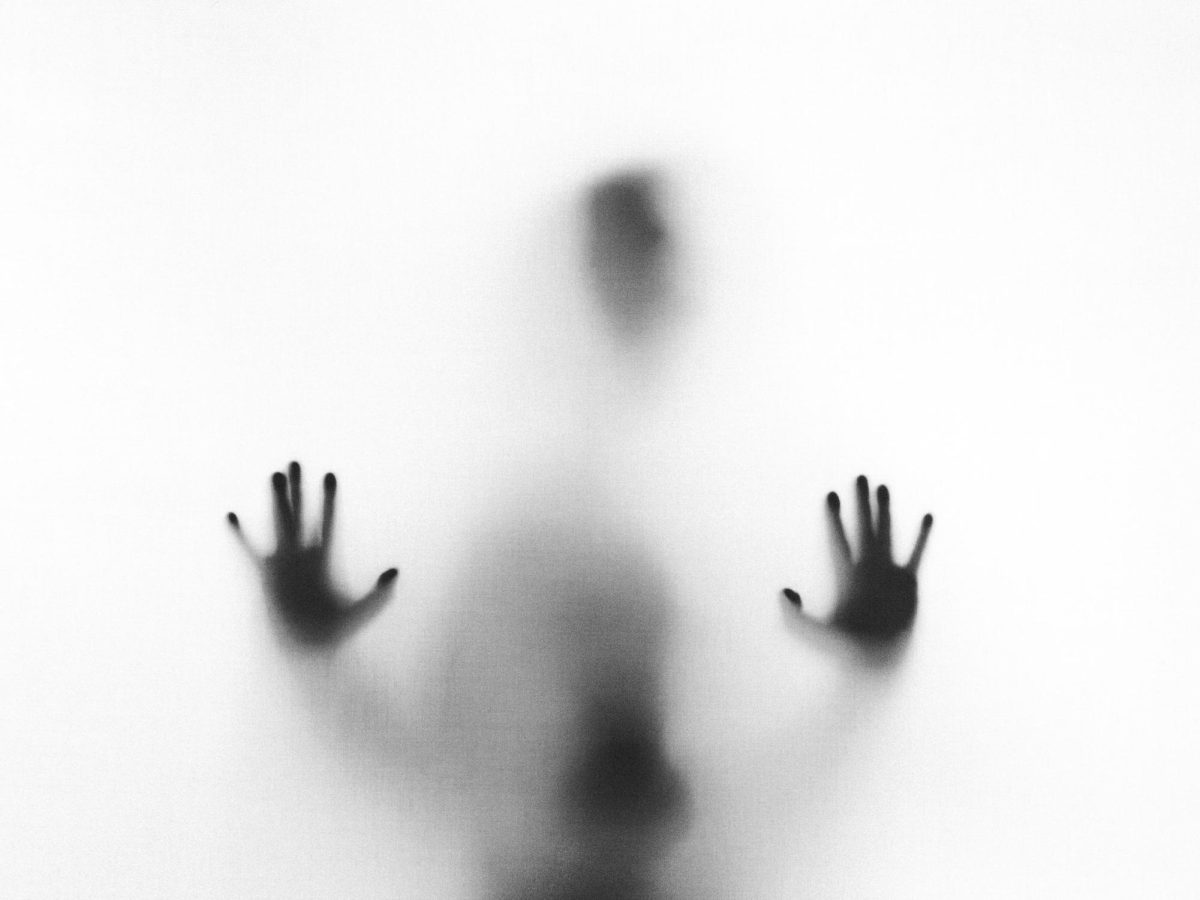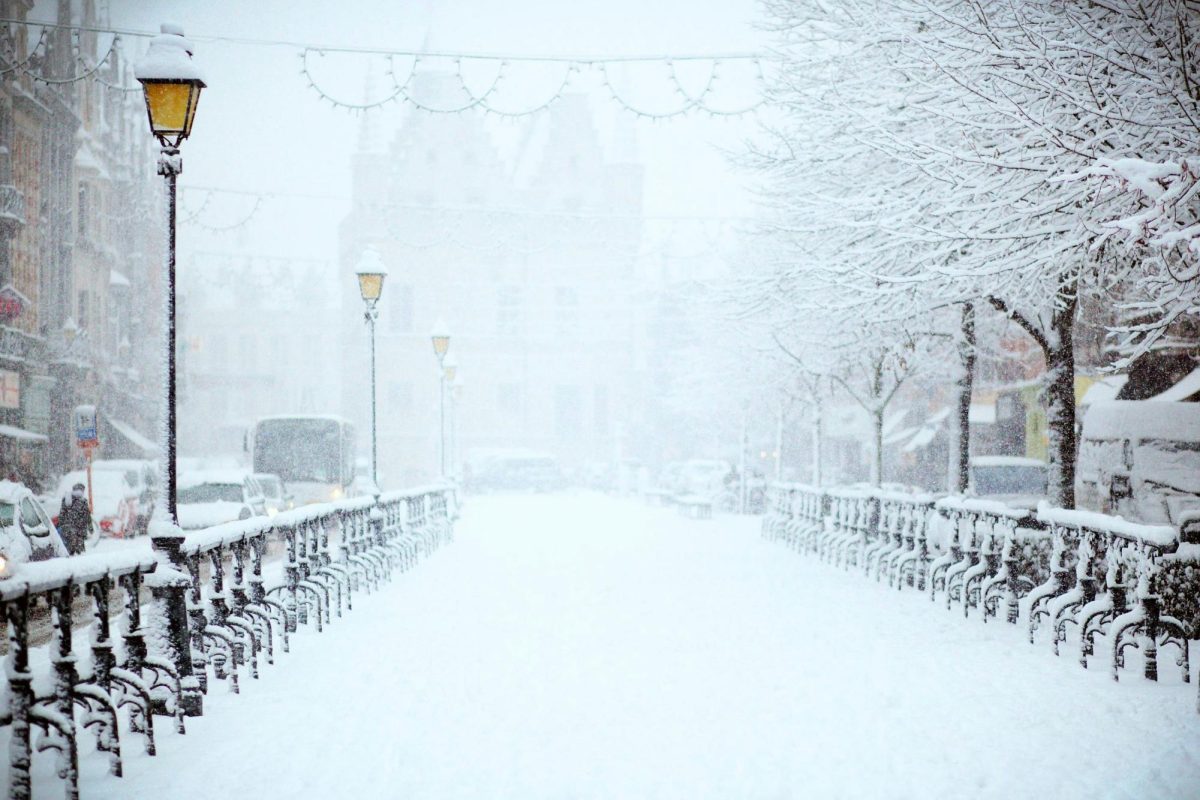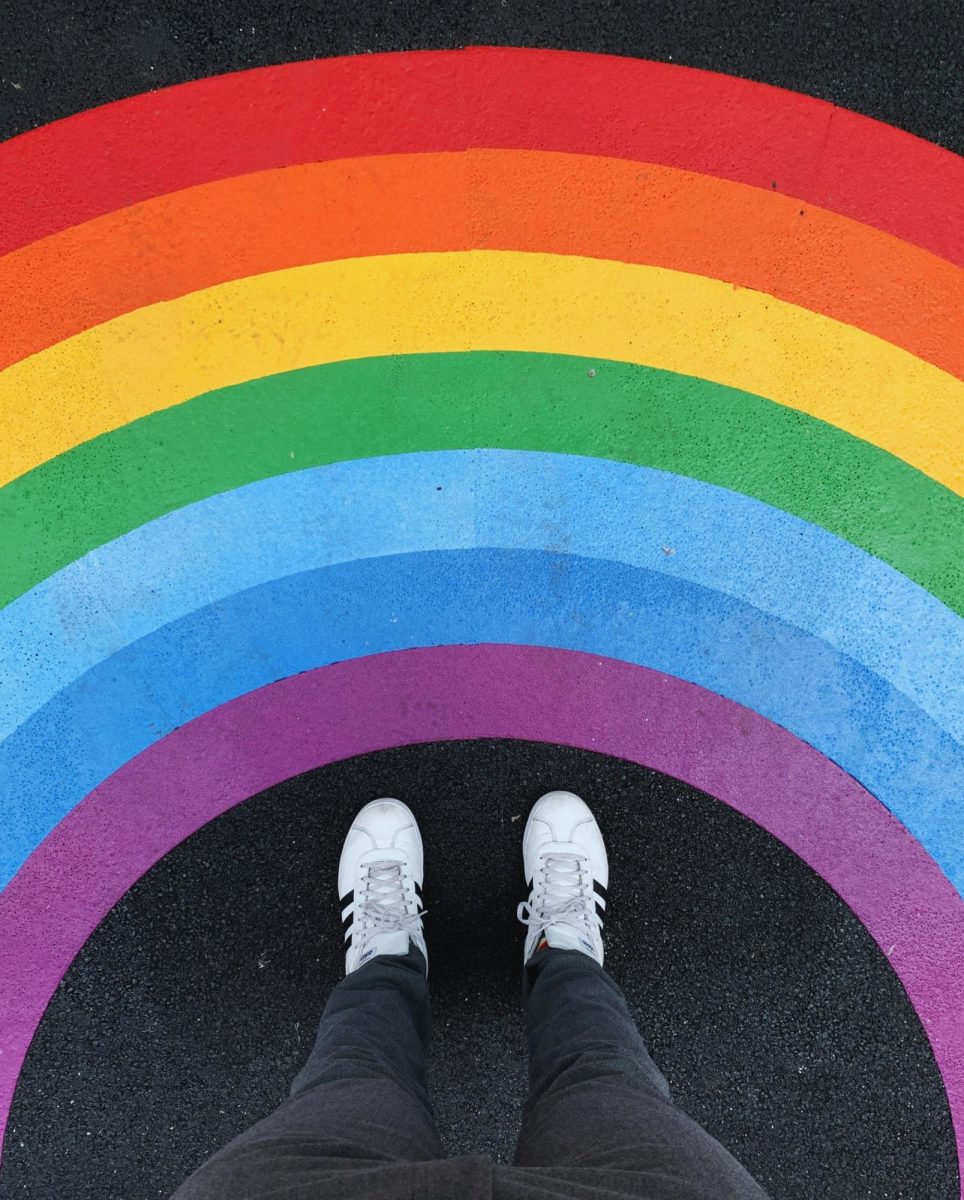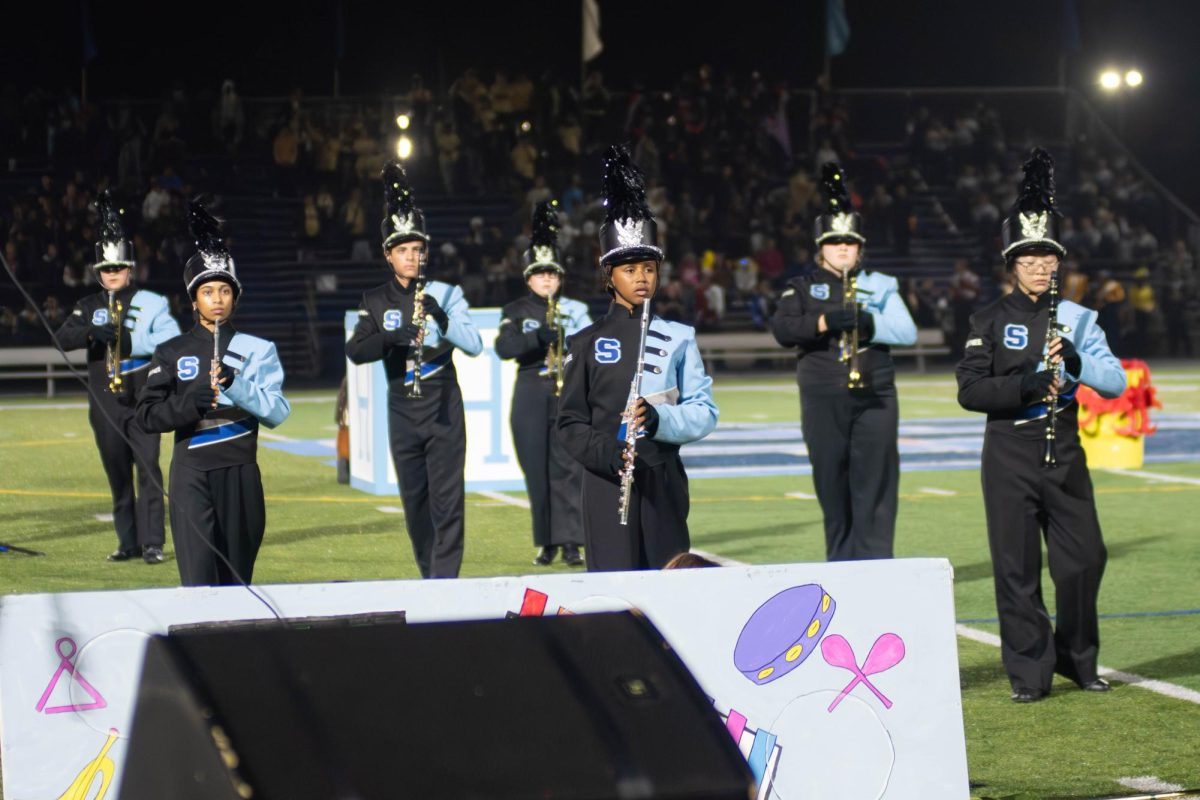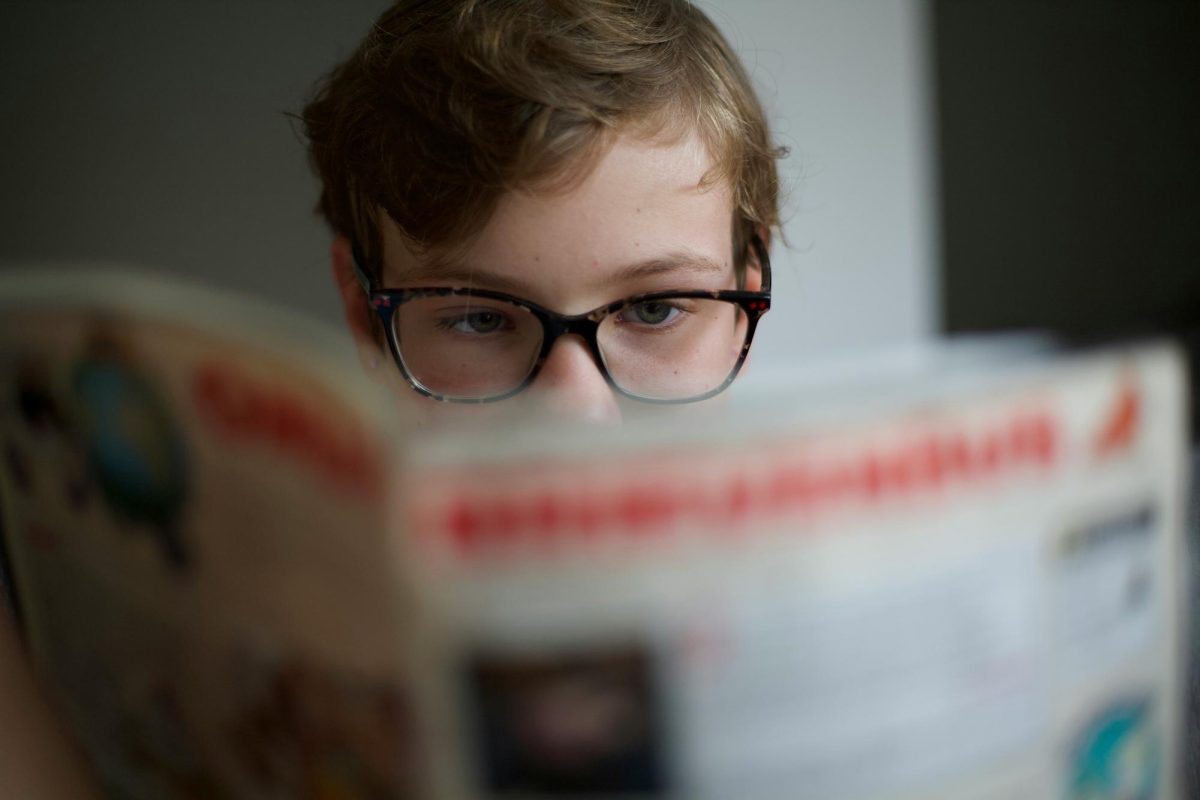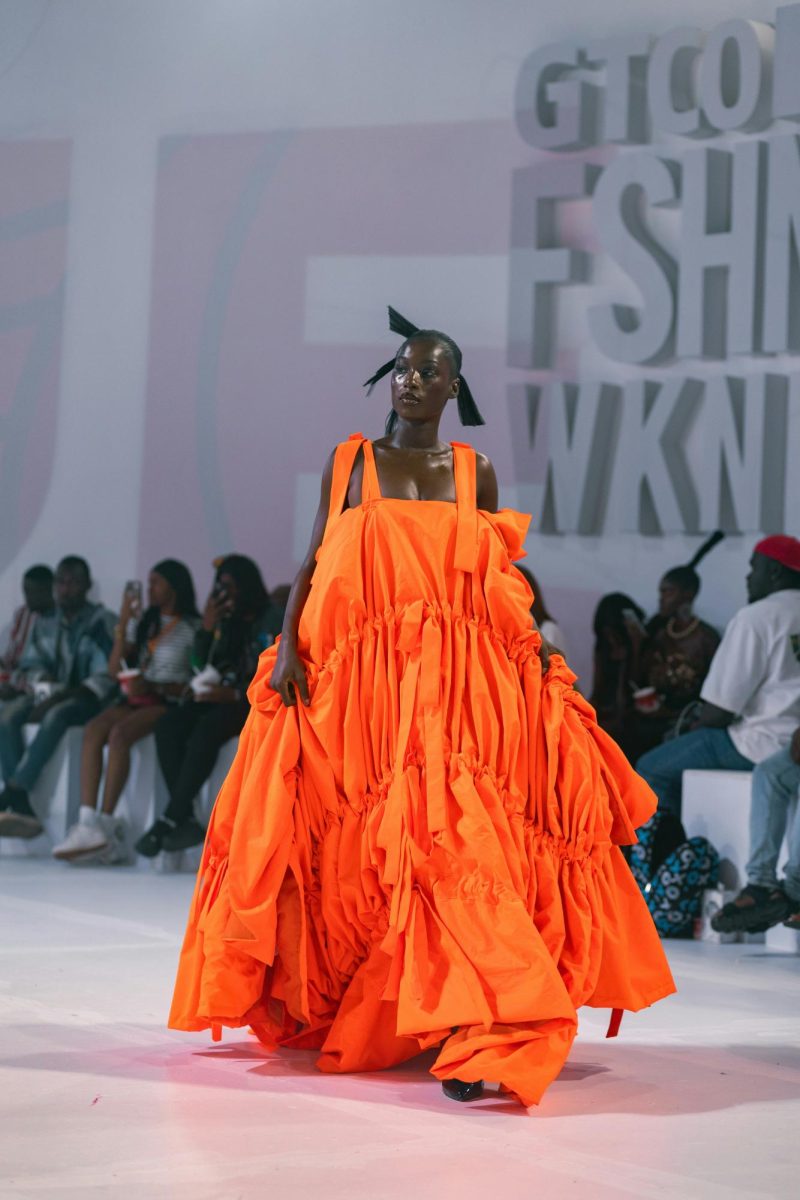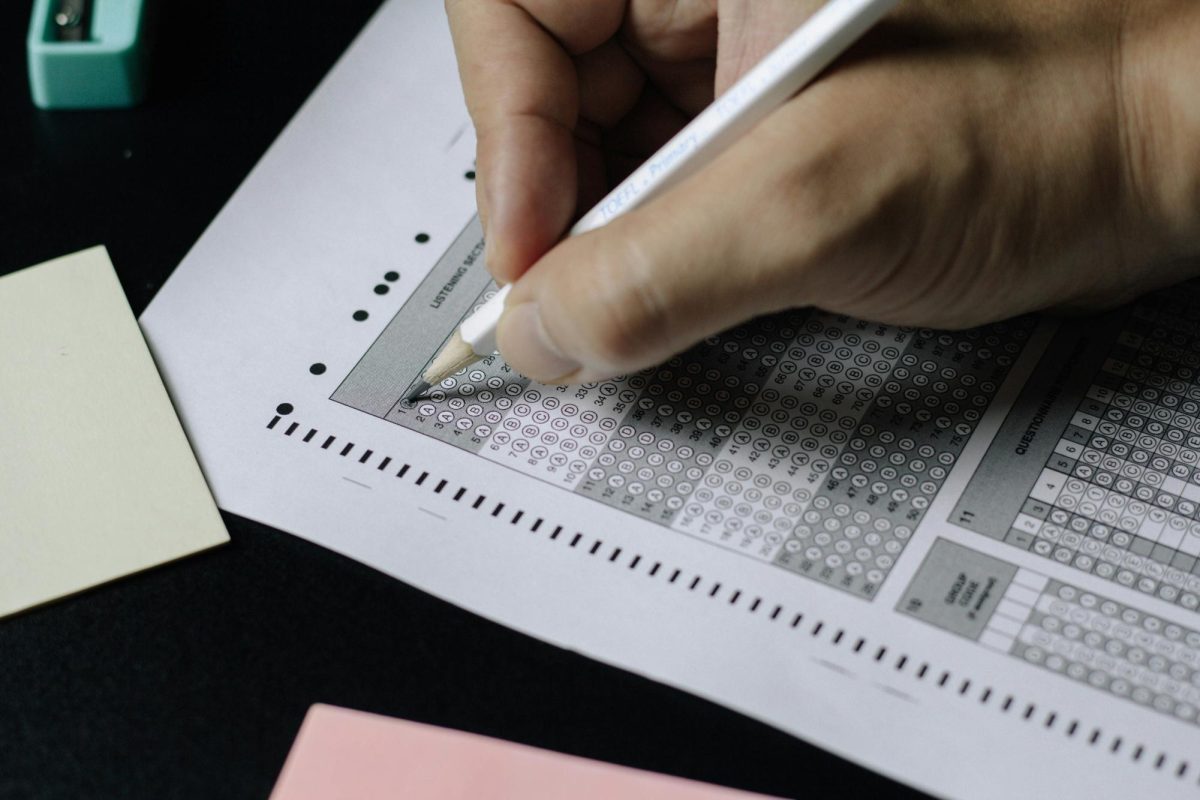Halloween is celebrated on October 31st every year. Although, have you ever wondered where Halloween originated? Why do we trick-or-treat? Why do we dress up in costumes on the same night every year?
History of Halloween
Halloween dates back to the Celts who lived over 2,000 years ago, mostly in the areas that are now northern France, the United Kingdom, and Ireland. They celebrated their new year, or ancient festival of Samhain (pronounced sow-in) annually, on the night of October 31st into the morning of November 1st. This day not only marked the end of summer and the harvest, but also the beginning of winter. They believed the season of winter was associated with human death, so no wonder it was said that ghosts and the dead would return to earth on Samhain. During this celebration, the Celts would dress up in costumes and tell each other fortunes. Sound familiar? Soon after, the Catholic Church established November 1st to be All Saints’ Day. People soon started to call October 1st, “All-Hallows Eve”, which later would become Halloween. Although, it wasn’t until the mid 19th century that incoming immigrants helped popularize the holiday and spread it throughout America.
Trick-or-Treat!
During All Saints’ Day celebrations, it was popular for poor people to visit the homes of wealthy people, asking for gifts. These visitors would be given pastries, called “Soul Cakes”, if they promised the home owners that they would pray for their relatives who have passed. This practice was called “souling.” This soon became an early form of trick-or-treating where children would go from house to house asking for gifts such as food and money.
Pumpkin Carving
The practice of carving pumpkins stems from a myth about a man who tricked the devil and was then forced to walk the dark earth with only burning coal in a turnip to light his way. This man was named “Stingy Jack”. To scare away Stingy Jack and other evil spirits, people began carving frightening faces into vegetables, such as pumpkins or potatoes, and placing them in their windows or outside their homes. This myth is how carved pumpkins got their name: “Jack-O-Lanterns.”
Costumes
Around the time of the Great Depression, costumes and disguises became popular. Violence around the holiday began to reach an all time high, which caused concern in many parents of young children. To keep kids out of the dangerous streets on Halloween night, parents would decorate houses with seasonal and scary decorations. They would dress up in characters that would appeal to young kids to attract them to these houses. Their costumes would range from popular comic book heroes to cute animals. As the years went on, more people began to dress up for the holiday, making it a fun tradition.
Now that you understand the history and origin of the best night of the year as well as some of our favorite holiday traditions, you can appreciate the holiday even more. Happy Halloween!

